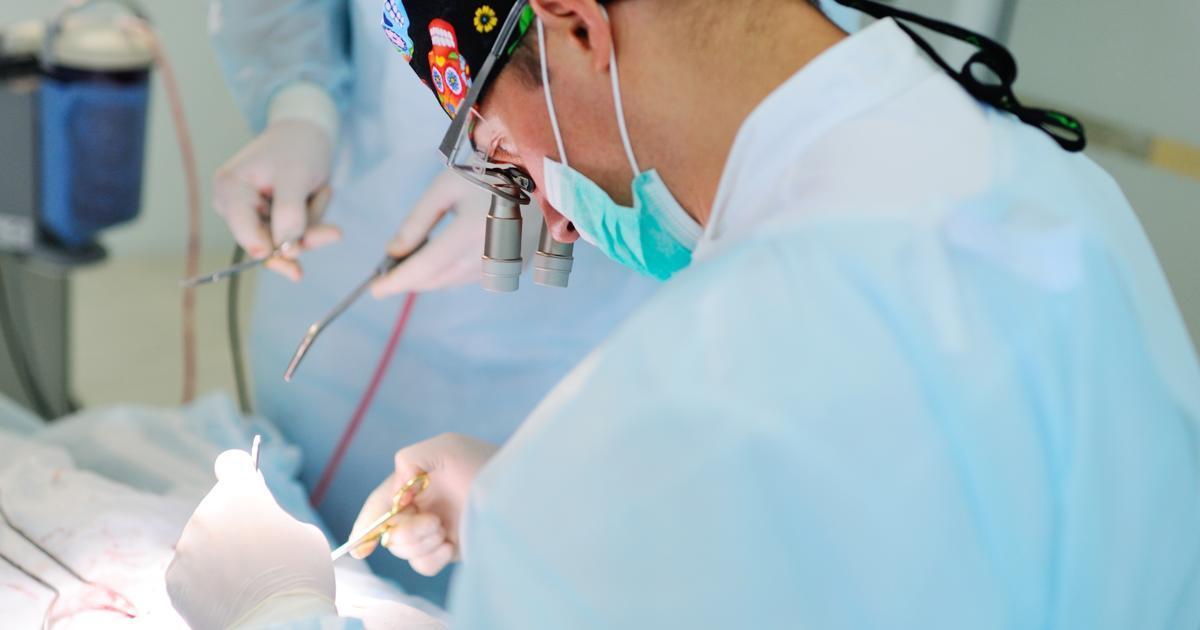Treating And Preventing Cerebrovascular Disease
Cerebrovascular disease is used to describe any disease that causes the brain to become affected by bleeding or ischemia due to blood vessel involvement. Some of the conditions under the umbrella term are aneurysms, vascular malformations, strokes, vertebral stenosis, and carotid stenosis. Blood flow may become restricted due to many different factors including rupture, narrowing, and blockage of the blood vessels. Ischemia is the word for the lack of adequate blood flow. There are, thankfully, preventative measures patients can take to avoid developing cerebrovascular disease and treat the condition should it occur. Learn about these options now.
Carotid Endarterectomy

Carotid endarterectomy is surgery done in the hospital that removes a buildup of plaque from the carotid artery in a patient's neck. The surgery's goal is to restore blood flow to the brain so the patient does not have a stroke. It's often recommended for patients who already show signs of decreased blood flow.
Depending on the circumstances, patients might have general anesthesia or local anesthesia. With local anesthesia, the doctor will have the patient remain conscious to check on their brain's reaction to different blood flow. If this is the case, they'll be given medicine to help them relax. The surgeon makes an incision in the neck to expose the blocked portion of the artery. They will then remove the plaque buildup through their incision. Recovery time for this surgery usually takes one to two days. As with most major surgeries, there is the potential for complications. However, the procedure tends to be safe when an experienced surgeon operates. Older individuals, women, and those with chronic diseases have a higher chance of complications.
Uncover details on more treatments for cerebrovascular disease.